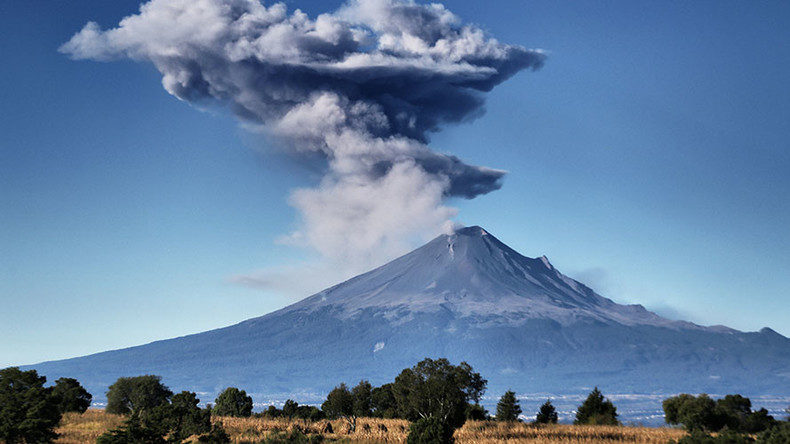The Earth seems to have been smoking a lot recently. Volcanoes are erupting in
Iceland, Hawaii, Indonesia, Ecuador and Mexico right now. Others, in the Philippines and
Papua New Guinea, erupted recently but seem to have calmed down. Many of these have threatened homes and forced evacuations. But among their spectators, these eruptions raise this question: Is there such a thing as a season for volcanic eruptions?
While volcanoes may not have "seasons" as we know them, scientists have started to discern intriguing patterns in their activity.
Eruptions caused by a shortened dayThe four seasons are caused by the Earth's axis of rotation tilting toward and away from the sun. But our planet undergoes another, less well-known change, which affects it in a more subtle way, perhaps even volcanically.
Due to factors like the gravitational pull of the sun and moon, the speed at which the Earth rotates constantly changes. Accordingly the length of a day actually varies from year to year. The difference is only in the order of milliseconds. But new research suggests that
this seemingly small perturbation could bring about significant changes on our planet - or more accurately, within it.
Comment: Finally, some government-approved scientists have 1.) noticed the increase in volcanic activity, and 2.) connected it with a minute slowdown in planetary rotation.
It needs to be further explained, however, that the 'seasonal' changes to patterns of erupting volcanoes marry with 'seasonal' changes to patterns of
other climatological, seismic and cosmic phenomena. There aren't just more volcanoes erupting now. There are more
earthquakes now. There is more
precipitation now. There is more
snow now. There are
stronger storms now. There is more
methane outgassing now. There is more
heat coming up from the oceans now. There are more
meteor fireballs now. There are more
comets in the solar system now. There are more
cosmic rays reaching Earth now.
Etcetera, etcetera.
All of it is inter-related, which is why climatology alone cannot explain what is going on. Only a (truly) multi-disciplinary approach - one that is disinterested in biased assumptions that improve chances of receiving grants - can account for all the observation data.
SOTT.net has been saying for years that a slowdown in the planet's rotation can account for much of what has unfolded in terms of global planetary and climate chaos in the last decade or so. The question is: what is causing the planet's rotation to slow down? It cannot simply be "factors like the gravitational pull of the sun and moon" because the same thing is happening to
other planets in the solar system!

Comment: See also: